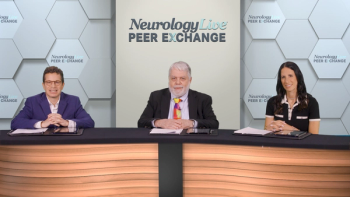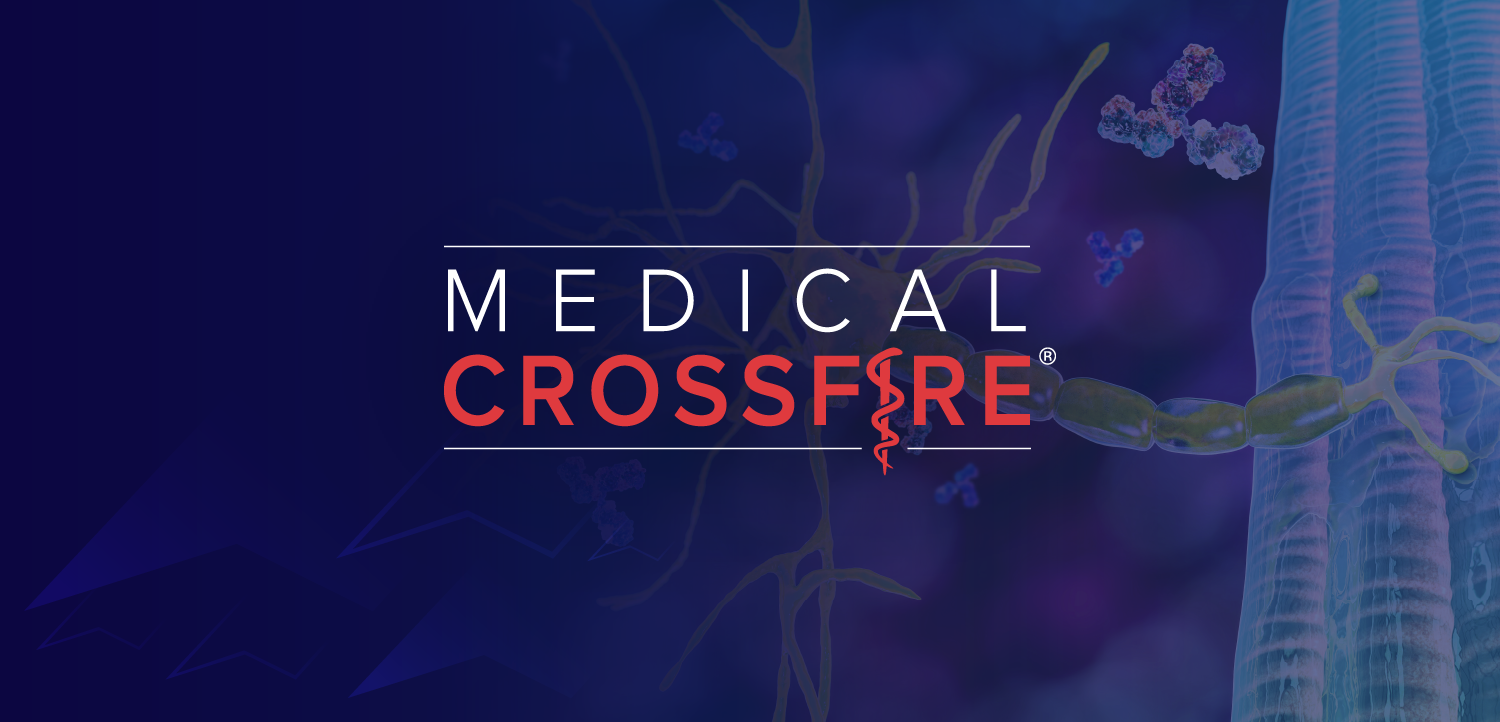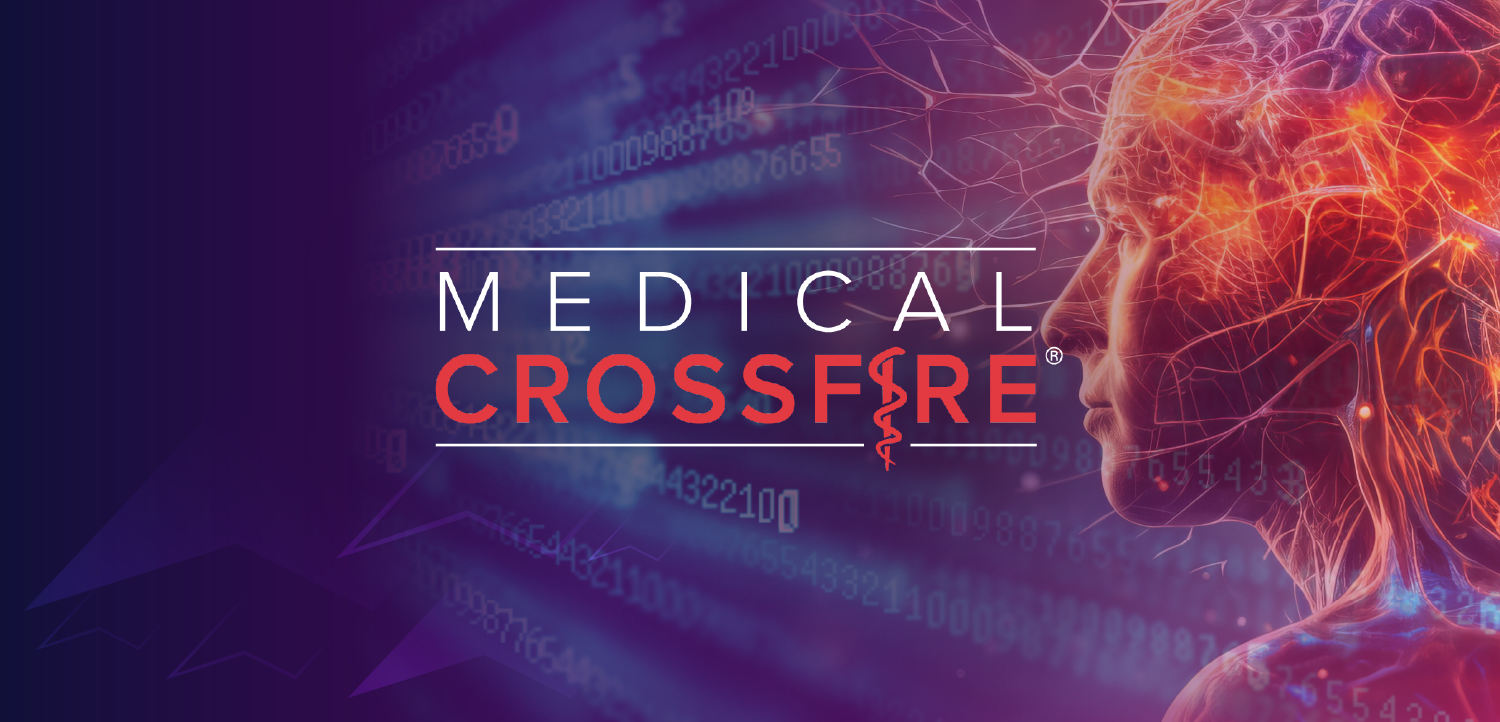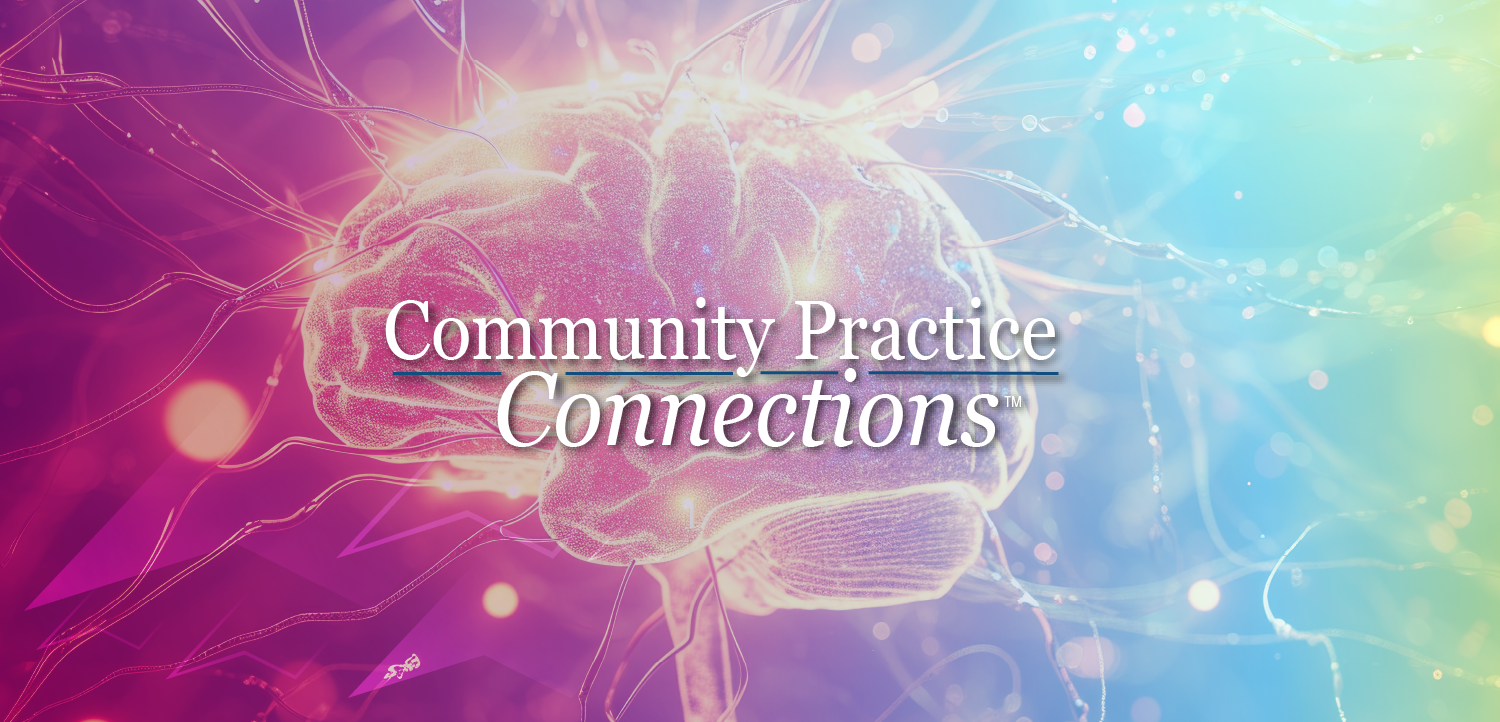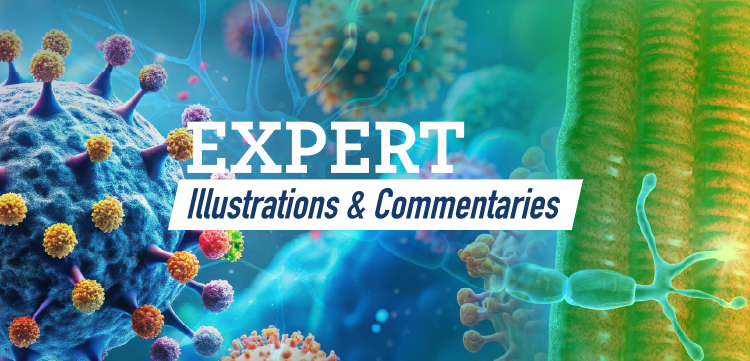
Elevating Patient Perspectives in the Mangement of Parkinson Disease: Esther Labib-Kiyarash, MSHA, CPHQ
At the 2025 ATMRD Congress, a patient advocate living with Parkinson disease emphasized the importance of amplifying patient voices at educational conferences for movement disorders. [WATCH TIME: 5 minutes]
WATCH TIME: 5 minutes | Captions are auto-generated and may contain errors.
"I love this opportunity, but my voice is one of so many people. I take it as a real honor that I'm trusted to try and amplify that voice at conferences like [AMTRD]. I love what PMD Alliance is doing with this and how they engage with the patients. Unfortunately, there's just a big disconnect between the priorities and the messaging from their neurologists and their researchers and the priorities of the patients."
Patient involvement in clinical and health policy conferences is increasingly moving beyond a symbolic nod to engagement. Patient groups are advocating for meaningful participation in planning meetings, inclusion on conference programs, and financial support for the roles they play. This trend is exemplified by the “Patients Included” designation, which recognizes conferences that meet specific criteria for patient participation, including covering travel and accommodation costs. Established in 2010, the initiative provides organizations a tangible way to demonstrate their commitment to integrating patient experience and insights. Although many view patient involvement as productive and educational, it can also challenge policymakers and medical experts who are less accustomed to including patients or advocates in their deliberations.
Efforts to integrate patient perspectives extend beyond conferences. In 2021, UpToDate began offering continuing medical education (CME) activities planned and delivered by patients. These patient-authored medical topic reviews emphasized lessons learned from health care experiences and focus on quality of life for those living with specific conditions. Providing clinicians with the patient voice at the point of care can enhance communication, foster shared decision-making, and improve clinical practice. Survey responses from participants indicated that these contributions are valued, though both clinicians and patient authors recognized that further work may be needed to refine patient-led CME. As more patients are invited to participate, their expertise is increasingly becoming considered as an essential component of medical education.
Patient advocates are also shaping the conversation at disease-specific conferences. At the 4th Annual
REFERENCES
1. Rich P. Patients seeking more involvement at medical meetings. CMAJ. 2018;190(19):E602. doi:10.1503/cmaj.109-5597
2. McKay J, Needham E, Walsh W. Including Patient Voices in Continuing Medical Education: One Provider's Experience. J CME. 2023;12(1):2275504. Published 2023 Nov 5. doi:10.1080/28338073.2023.2275504
3. Labib-Kiyarash E. Conversation Corner: What Does a Prescription for Parkinson’s Look Like? A Patient's Perspective. Presented at: ATMRD; June 27-30, 2025; Washington, DC.
Newsletter
Keep your finger on the pulse of neurology—subscribe to NeurologyLive for expert interviews, new data, and breakthrough treatment updates.



